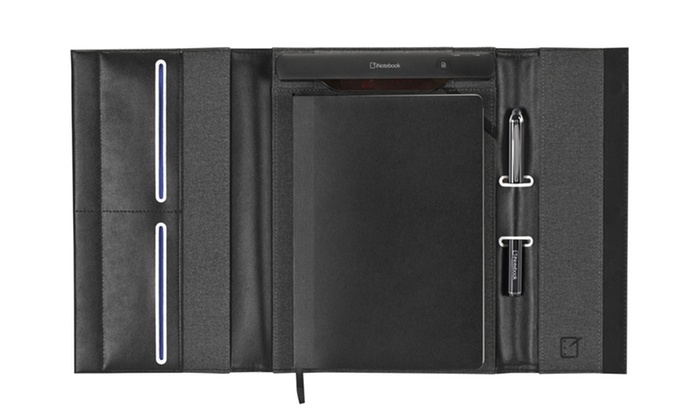


The ELDG provided funds for a PhD student to assist the PI in creating videos covering: the installation of an ipython notebook distribution the use of ipython and support of students in learning ipython. It will also enable students to perform calculations which parallel current research. The ipython notebook will allow complex, real-life problems to be tackled, again giving new, deeper insight into the subject being studied, and making the learning process active. Standard approaches to teaching quantum mechanics rely on analytical (pen-and-paper) solution of problems, but are limited to only a few examples which can be solved by undergraduates. The other key use envisaged was to enable complex problems in quantum mechanics to be solved numerically. This gives a new, intuitive understanding of complex physics problems.
INOTEBOOK PEN CODE
One key use in supporting learning in Physics is to make lecture notes interactive: rather than having a static diagram or graph of a process, include some code to generate the graph so that the student can adjust various parameters (corresponding to physical processes) and see the results. See and for more information about these technologies. The IPython Notebook, which has evolved into the Jupyter notebook, is a web-based application that allows the user to mix code, text and visualisation. IPython is an interactive version of the language python, which is used extensively throughout the world it is also now taught to all first- and second-year students on the main stream in Physics & Astronomy. To support first and third year Physics & Astronomy undergraduates in using ipython notebooks to understand important concepts in their courses, and perform complex calculations.


 0 kommentar(er)
0 kommentar(er)
